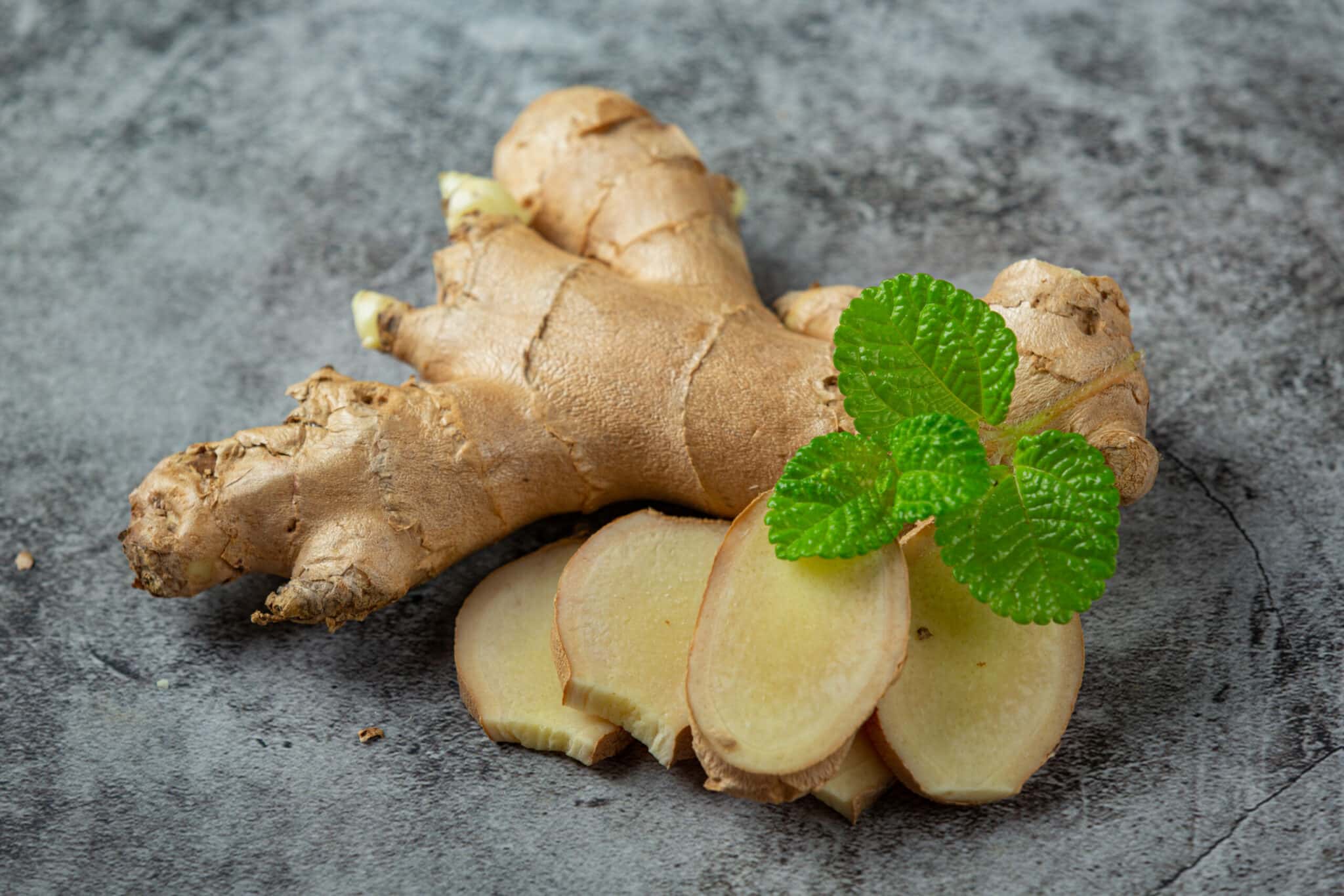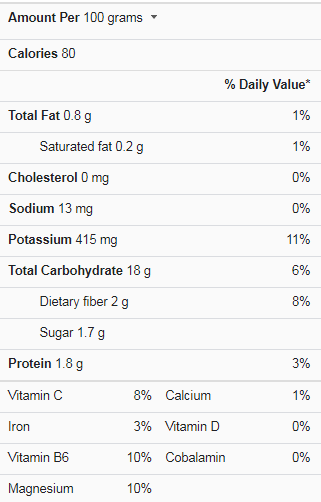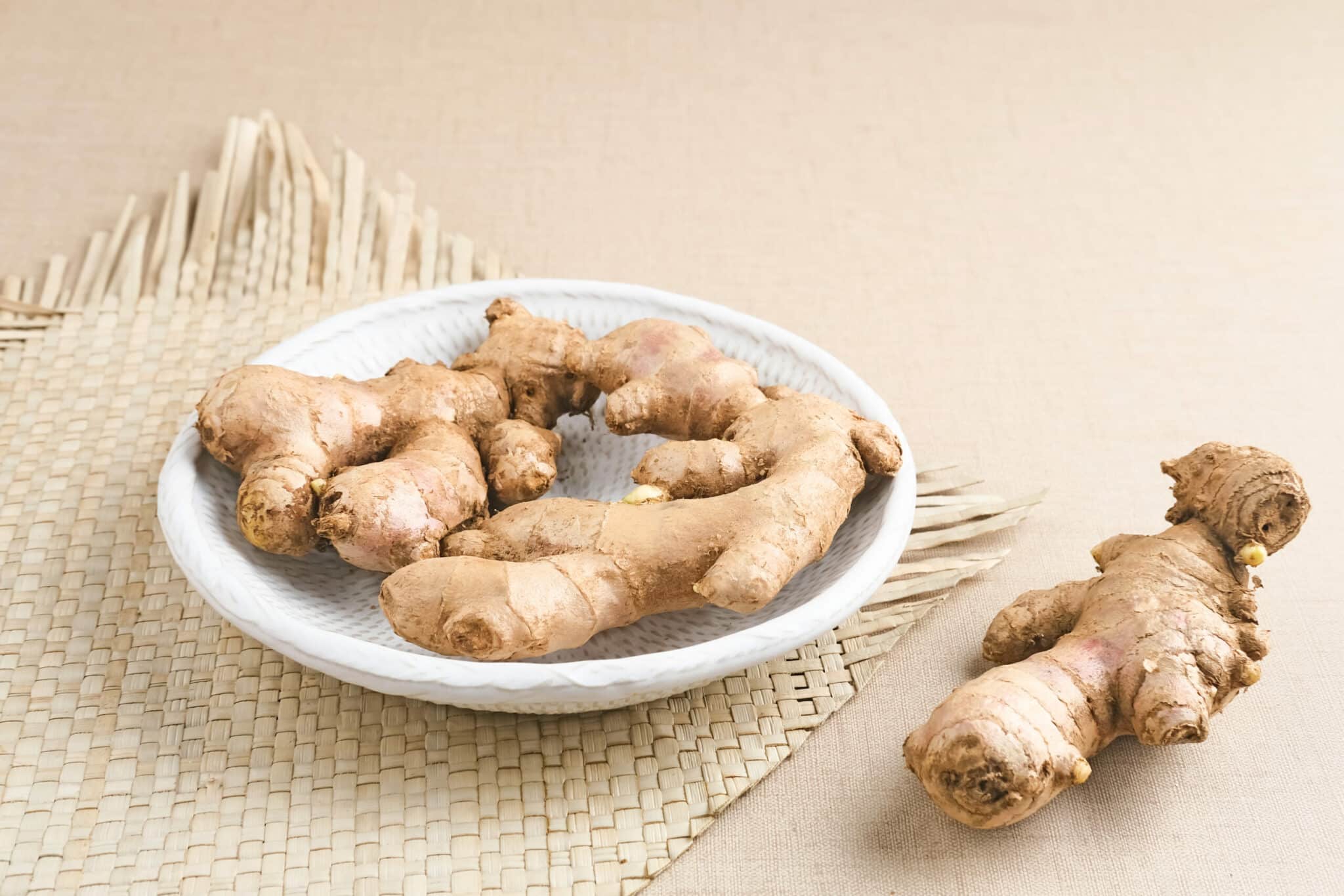Grated ginger can be expensive, so a great alternative is Crystallized ginger. Ground ginger is another excellent alternative. You can also use Allspice or Pumpkin pie spice. This article will cover the best methods for finding these spices and how to replace ginger in your favorite recipes. But which of these methods should you use? Here are some tips:

Nutrition fact

What is Ginger?
The pungent aromatic rhizome (underground stem) of the herbaceous perennial plant Zingiber officinale, probably native to southeastern Asia, is used as a spice, flavoring, food, and medicine.
Ginger’s leafy stems reach a height of about one meter (three feet). The leaves are 15 to 30 cm (6 to 12 inches) long, elongate, alternate in two vertical rows, and emerge from stem sheaths. The flowers are arranged in dense conelike spikes that are 2.5 cm (1 inch) thick and 5 to 8 cm (2 to 3 inches) long and are made up of overlapping green bracts with yellow edges. A single small yellow-green and purple flower is enclosed by each bract.
Ginger substitutes
1. Ground Ginger

Grated or ground ginger can be used in various dishes, from curries to sweet treats. When buying ginger, be sure to buy pieces that are firm and smooth, and avoid pieces that are wrinkled or soft. Ensure that the root is dry by blotting it with kitchen paper before storing it. Fresh ginger is best stored in a fridge for up to three weeks or in the freezer for six months.
Fresh ginger is a unique and distinctive flavor, and a perfect substitute is easier to find than you might think. Some recipes call for the real stuff, but you can make apple pie cookies with ground ginger instead. Some recipes call for fresh stuff, like mom’s spice cake, but you can also try substituting ground ginger in the same manner. A lot of your pantry items can also be substituted for ginger.
2. Crystallized Ginger

If you don’t like the taste of grated ginger, crystallized ginger is a great substitute. The chewy texture and distinctive flavor of the spice make it the perfect choice for various dishes. While there are a few disadvantages to using crystallized ginger, it adds flavor, nutrients, and health benefits to foods. Crystallized ginger also has fewer calories than fresh ginger, containing just 18 calories per ounce. In addition to providing flavor, it’s a good source of fiber and vitamin C.
When substituting ginger for other ingredients in recipes, it’s important to remember that the crystallized form is different from its fresh counterpart, so be sure to read the directions carefully. However, be sure to substitute a reasonable amount for the original ingredient. You might have to experiment with different proportions of the substitutes to see if it’s a good fit. If you find that crystallized ginger doesn’t work in your recipe, don’t worry. If you like the taste of grated ginger, you can always replace it with honey.
3. Allspice

Allspice is a beautiful ginger substitute. It lends a warming and slightly spicy flavor to savory dishes but is not as robust as fresh ginger. Use 1/2 teaspoon of allspice in place of 1 tablespoon of ginger. You can adjust the amount to suit your personal taste. Cinnamon is also a good substitute for ginger in baking. Both have a distinct, warm, and sweet taste.
While fresh ginger is often the most common substitute, allspice also works well as a spice in some recipes. Ground allspice is not as spicy as fresh ginger, but it comes closest to the original flavor. Ground allspice can be substituted in recipes that call for fresh ginger, including those made for meat dishes. Because it’s concentrated, it also has more flavor than fresh ginger.
4. Pumpkin pie spice

Ground ginger may be an excellent option when you’re looking for a spice substitute for pumpkin pie. Grated ginger adds a spicy, zesty flavor to the pumpkin pie recipe. However, this spice can also season savory dishes like salads and roasted vegetables. You can also double the amount of ground ginger if you prefer. While ginger is a popular choice for pumpkin pie spice, there are many other alternatives.
Other spices that can be used in place of ground ginger include allspice, cardamom, cinnamon, nutmeg, and mace. You can also use pumpkin pie spice, typically a blend of cinnamon, ginger, and nutmeg. Both substitutes will have a slightly different flavor, but they are adequate substitutes if you’re short on ginger. Try using about half as much of the spice as the original recipe.
5. Ginseng

When you’re unable to find fresh ginger, you can opt for a ginseng alternative. Although ginseng and ginger are native to Asia, they are different plants with different medicinal properties. You should seek medical guidance before taking any herbal supplement, and some herbal remedies can cause adverse side effects. Moreover, it is essential to identify the best herbs for your needs before using them. Here are some reasons why ginger is a better choice over ginseng:
Ginger can be replaced with various spices. The most common spices used in baking are nutmeg, cinnamon, and mace. These spices have similar spicy and sweet notes that complement various recipes. They can be used in place of ginger in baked goods and other savory dishes. Mace is a popular spice substitute because it resembles ginger’s flavor. It can also substitute for ginger in Asian-style dishes, including stir-fried dishes and soups.
6. Lemongrass
When it comes to substitutes for ginger, plenty of options are available. One of the most common is lemongrass. This herb is an Asian staple, and most Vietnamese and Thai dishes feature the flavor in some form. Although it lacks the signature lemony flavor, lemongrass adds a robust flavor to any dish. If you can’t find lemongrass, you can use other herbs, such as basil, coriander, or dried ginger.
There are many benefits of using lemongrass. Lemongrass is a plant native to Southeast Asia, and its unique citrus flavor is used to season specialty dishes. While the flavor of ginger is challenging to replicate, lemongrass has a distinct flavor. It is also readily available and inexpensive, making it a practical and effective alternative. If you are not an avid fan of ginger, lemongrass has many other benefits as a ginger substitute.
7. Cinnamon

It has a warm, sweet flavor that is similar to ginger. When ginger is unavailable, cinnamon can be a delicious substitute. It comes from the skin found in the interior layer of the cinnamon tree’s fragrant bark. It’s basically cinnamon’s dried inner bark, which is used to spice up various dishes. The two most common forms of cinnamon in cooking are cinnamon sticks (2–6 inches long) and cinnamon powder. Cinnamon (usually 12 teaspoon powder) goes well with chicken, stews, and lamb, and it can also be used to spice up rice dishes. This spice is used to spice up the flavor of desserts and baked goods like cakes, pastries, and bread. Besides, cinnamon sticks are used to spice up Asian curries.
8. Nutmeg

Nutmeg has a spicy-sweet flavor that is similar to ginger. The nutmeg tree, which belongs to the Myristica fragrans family, is used to make this spice. Fresh ground nutmeg obtained from the plant’s seed is frequently used in cooking. Whether grated or ground, Nutmeg can be used to flavor a wide range of dishes. It can be found in both savory and sweet dishes. Sausage, pasta, lamb meat, rice, eggs, and vegetables like spinach, squash, cabbage, and broccoli go well with this spice.
Some Ginger recipes
1. Homemade Ginger ale
Ginger ale is a traditional ginger beverage made from carbonated water sweetened and flavored with ginger. In the summer heat, it’s one of the easiest soda recipes to make. This refreshing beverage, made with the goodness of mint, lemon, and ginger and topped with soda, is ideal for entertaining at home. It can be used to make a variety of alcoholic and non-alcoholic beverages.
2. Ginger chicken
This delectable dinner recipe features stir-fried chicken with various spices and herbs and a tomato-milk sauce, and julienne ginger cooked until thick. It’s a delicious chicken-ginger recipe that you can make quickly and easily at home for a dinner party.
3. Adrak ka achaar (Adrak ka achaar) (Ginger pickle)
Tangy achaars and accompaniments have long been a favorite of Indians. A meal is never complete without a large bowl of pickles. Here’s how to make a tangy ginger pickle with only four ingredients in under an hour. Julienne ginger is combined with vinegar, salt, and lemon juice in a jar to make a delicious accompaniment to sabzi and parathas.
4. Ginger-coconut chutney
Chutney is another dish that Indians insist on having with every meal. There is no end to the variety of chutneys, from traditional mint chutney to coconut chutney we have created using various ingredients. Here’s a recipe for coconut ginger chutney to serve with your next meal. This chutney recipe is packed with green chilies, tamarind, coconut, and ginger, and it can quickly transform a bland dish.
5. Ginger biscuits
Ginger cookies are the ideal teatime snack, and they go perfectly with a cup of evening tea. This ginger and honey cookie recipe is sweet and crispy, and it’s wholly eggless and baked to perfection.
6. Custard Apple, almond, and Ginger smoothie
This healthy almond, ginger, and custard apple smoothie will quench your thirst. It’s a quick, fresh, and fruity treat that’ll whet your appetite.
7. Allam pachadi
This ginger-based pachadi, a tantalizing chutney from Andhra Pradesh, is the perfect complement to any meal!
How much fresh Ginger is replaced by ground Ginger?
There’s no need to panic if you don’t have any fresh ginger. You can usually substitute ground ginger powder for fresh ginger, and the recipe will turn out almost identically. But how much should you use to make it a good equivalent?
You should use about a quarter teaspoon of ground ginger for every tablespoon of fresh ginger. (Ground ginger is usually stronger than fresh ginger because it is more concentrated!)
However, it’s important to remember that you shouldn’t do the same if it’s the other way around. Fresh ginger is usually not a good substitute for ground ginger, so this is more of a one-way substitution.
Is there a difference between fresh and dried Ginger?
Ginger is an excellent ingredient to have on hand because it has numerous health benefits and can be used in various home remedies for various ailments.
Ginger, commonly used in cooking, baking, and making teas or infusions, can help with nausea, motion sickness, and stomach pain. When you have cold or flu-like symptoms, it’s also great as a hot infusion, and it’s also good for the throat when combined with honey.
But which is preferable: fresh ginger or dried ginger? Many people believe that ginger must be fresh to reap its full benefits. But this isn’t entirely accurate!
Dry ginger tastes just like fresh ginger. In fact, dry ginger has traditionally been used as a medicinal herb far more than fresh ginger.
This is because shogaol and gingerol, two of the most essential compounds in ginger, are found in higher concentrations when the ginger is dried rather than fresh. Dry ginger has two to three times the concentration of these than fresh ginger, making it much more effective for medicinal purposes.
These two compounds allow ginger to be used as a treatment for a variety of ailments, including anti-coughing and the ability to lower blood pressure, stomach issues, and even certain cancers and tumors.
Conclusion
With so many benefits and versatile nature, it’s time to incorporate ginger into your daily diet with these delectable ginger recipes. Let us know which one is your favorite in the comments section.
Ginger comes in three different forms: fresh, crystallized, and ground. You can use these different forms interchangeably in a pinch. In other words, in many recipes, any form of ginger can be substituted for another. When doing so, you may need to chop or grind the ginger to get it to the right consistency for the recipe. If you can’t find dried, ground, or crystallized ginger, ginger juice can be substituted.

